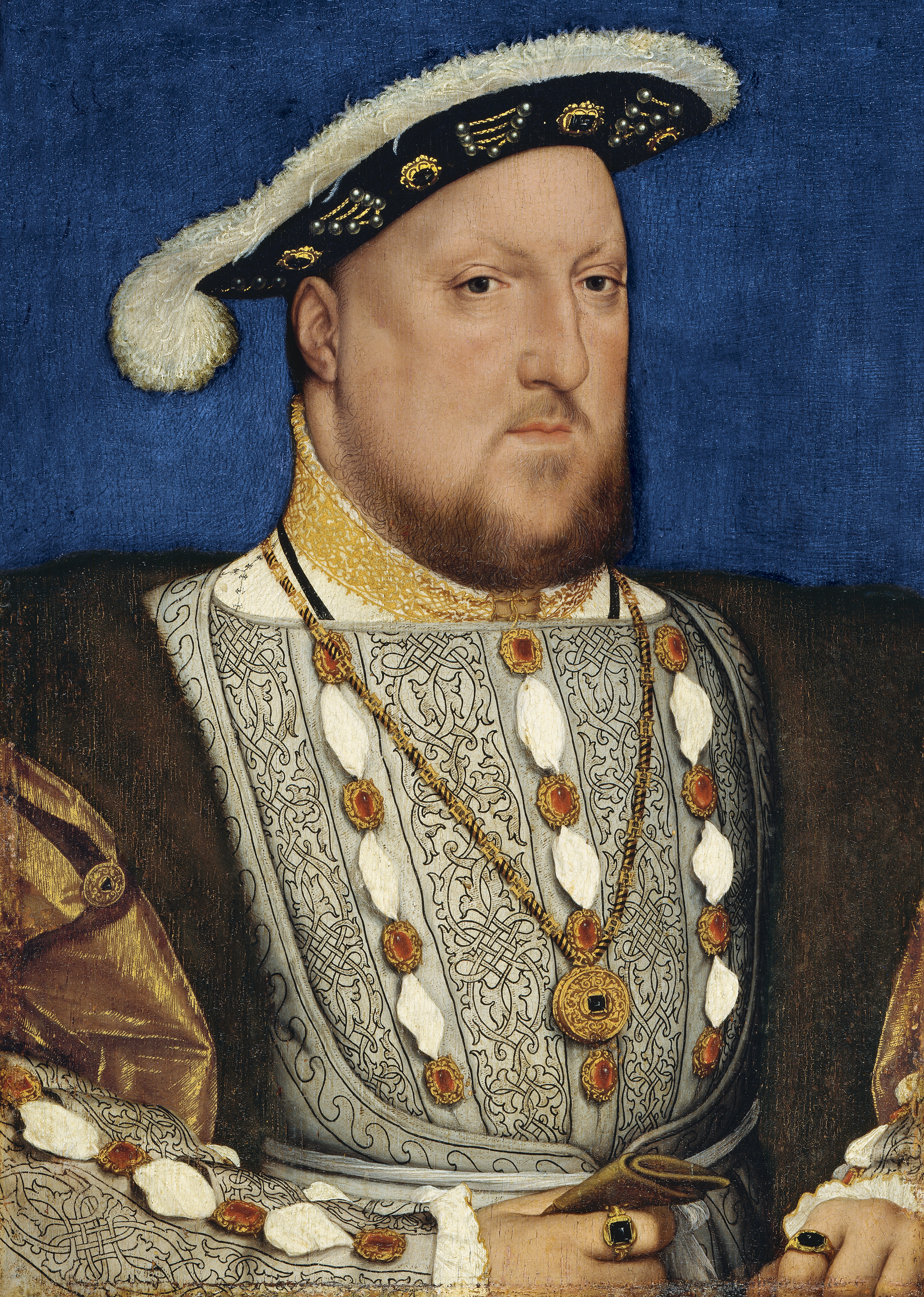My Selected Work of Art
 |
| Portrait of Henry VIII of England by Holbein, c. 1534–1536 Thyssen-Bornemisza Museum, Madrid |
The person that this artwork was made for is obviously Henry VIII of England himself, we could see that every ruler of the Tudor dynasty has portraits depicting their power, and Henry VIII who is a powerful ruler, is certainly no exception. So yes, this portrait is from England, made by German painter Hans Hobein the Younger, and painted during the Tudor dynasty, in the reign of Henry VIII.
My Research
 |
| Napoleon Crossing the Alps by Jacques-Louis David, 1801 Château de Malmaison, Rueil-Malmaison |
The way that this work of art could deviate from would be the presence of war, which is another form of powerful depiction. As we know, Tudor dynasty had political focus, but it did also faced war in some degree and not fully peaceful. By depicting the presence of war, you are able to feel an aura of valor which formed around the ruler, Napoleon Crossing the Alps is a good example of this. In addition, it also embodies the element of Neo-classicim.
My Experience
The legacy of this artwork means a lot, for it not only continued the Hans Holbein's contribution to Henry VIII, "Holbein had to study the King from life very carefully in order to reproduce his Royal appearence to the best advantage."(Henry VIII and His Court Painter, pg.7) It also had opened the path for the next few rulers of Tudor dynasty to follow with their own elegant portraits.
My Experience in virtual museum tour is still new. Rotating a lot in 3D and checking out the artworks had caused me a little headache, but it was worth a while, as I can feel the presence as if I'm acutually inside museum. I can imagine that it would be truly amazing to check out the museum in person.
Works Cited
Ganz, Paul. “Henry VIII and His Court Painter, Hans Holbein.” The Burlington Magazine for Connoisseurs, vol. 63, no. 367, 1933, pp. 146–144. JSTOR, www.jstor.org/stable/865525. Accessed 16 May 2021.
“Portrait of Henry VIII of England.” Museo Nacional Thyssen-Bornemisza, www.museothyssen.org/en/collection/artists/holbein-hans-joven/portrait-henry-viii-england. Accessed 16 May 2021.
Wikipedia Contributors. “Napoleon Crossing the Alps.” Wikipedia, Wikimedia Foundation, 14 Dec. 2019, en.wikipedia.org/wiki/Napoleon_Crossing_the_Alps. Accessed 16 May 2021.
Comments
Post a Comment